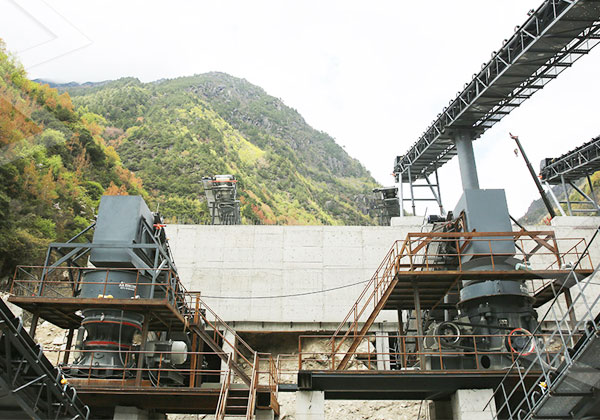Gypsum is a versatile mineral widely used in various industries, and its extraction and processing involve several key steps. The mining and crushing plant layout for gypsum typically follows a series of stages to ensure the final product meets quality specifications. This comprehensive process involves exploration, extraction, transportation, crushing, and processing. Here, we delve into each stage to provide a detailed overview of the gypsum mining and crushing plant layout.

Exploration: The first step in gypsum mining is exploration, where geologists assess potential deposits. Geological surveys, satellite imagery, and drilling are employed to identify and evaluate gypsum reserves. Once a viable deposit is located, detailed exploration takes place to determine the quality and quantity of gypsum present. This information is crucial for planning the mining operation.
Extraction: After confirming the presence of economically viable gypsum deposits, the extraction phase begins. Open-pit mining and underground mining are the two primary methods employed. Open-pit mining is suitable for shallow deposits, while deeper gypsum beds are typically mined underground. Specialized equipment such as draglines, front-end loaders, and explosives may be used to extract the gypsum from the earth.
Transportation: Once extracted, gypsum is transported to the crushing plant. The transportation method depends on the distance between the mining site and the processing facility. Common transportation modes include trucks, conveyors, and railroads. Efficient transportation is critical to minimizing costs and ensuring a steady supply of gypsum for processing.
Crushing: At the crushing plant, gypsum ore undergoes primary crushing to reduce large rocks to smaller, manageable pieces. This primary crushing stage is typically accomplished using jaw crushers or gyratory crushers. The goal is to achieve a uniform size that facilitates further processing. Secondary and tertiary crushing stages may follow to further refine the particle size.
Processing: The crushed gypsum undergoes further processing to meet industry specifications. This involves grinding the gypsum into a fine powder. Ball mills or roller mills are commonly used for this purpose. The resulting powdered gypsum, often referred to as land plaster or stucco, is a key ingredient in various construction materials, including plasterboard, cement, and agricultural fertilizers.
Plant Layout: The layout of a gypsum mining and crushing plant is designed to optimize efficiency and productivity while ensuring worker safety and environmental compliance. Key considerations in the plant layout include the arrangement of equipment, storage facilities for raw materials and finished products, and the integration of dust control measures. Adequate space is allocated for each processing stage to allow for a smooth flow of materials.
The mining and crushing plant layout for gypsum involves a series of well-planned stages to extract, transport, and process the mineral efficiently. The careful consideration of environmental impact and adherence to industry standards contribute to sustainable gypsum production for various applications.
